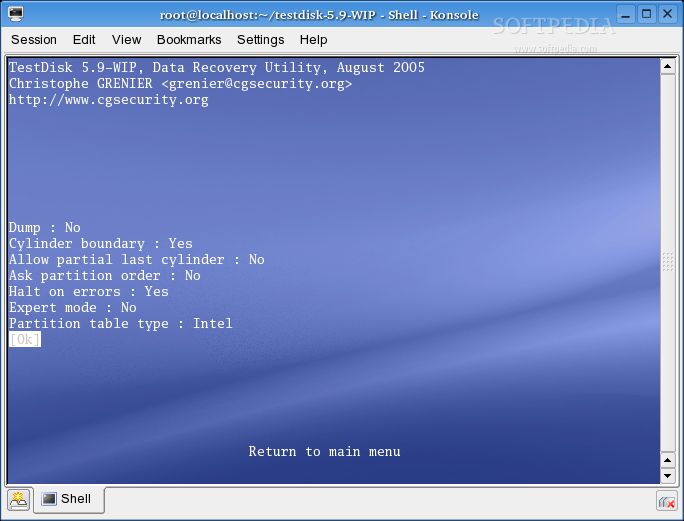


This software will decrypt all your encrypted files. The only method of recovering files is to purchase decrypt tool and unique key for you. It is recommended to follow all steps carefully to avoid missing any critical points.ĭon’t worry, you can return all your files!Īll your files like pictures, databases, documents and other important are encrypted with strongest encryption and unique key. The article provides detailed instructions on how to remove the Qazx ransomware, how to use the Qazx File Decrypt Tool to decrypt files, and how to recover files if the decryptor is not successful. If you suspect that your files have been encrypted with the “.Qazx” extension, it is important to remove the ransomware from your computer before attempting to recover your files. This means that the victim may be able to restore files from large ZIP archives by simply removing the “.Qazx” extension and opening the file in an archiver. However, experts warn that paying the ransom is not a guarantee that the files will be decrypted.Įncrypted files are not fully encrypted, but only the first 154kb of their contents are encrypted. They also offer to decrypt one small file for free to prove they can decrypt files.

The attackers demand $980 from the victim, but offer a 50% discount if the payment is made within 72 hours. The ransom message informs the victim that their files have been encrypted and offers to sell them a unique key and decryptor. Once the encryption process is complete, all encrypted files will have a new name that includes their old name and the “.Qazx” extension. Security researchers have found a way to obtain these keys. If the virus is unable to establish a connection with its command server, it uses an offline key that is the same for all victims. Qazx ransomware uses a unique key to encrypt files, making it impossible to use the same key to decrypt files on different computers. Files stored on cloud storage or connected drives are also at risk of being encrypted. It does not encrypt Windows system files or files named “_readme.txt” because doing so could cause the computer to stop working. Qazx ransomware encrypts almost all files on the victim’s computer, including documents, databases, pictures, and other types of files. Screenshot of files encrypted by Qazx virus (‘.Qazx’ file extension): The ransom message is located inside this file. The virus renames encrypted files by appending the “.Qazx” extension and places a file named “_readme.txt” in each folder with encrypted files. This type of malware is called ransomware because it demands a ransom from victims to decrypt their files. Qazx is a variant of the STOP ransomware that infects victims’ computers and encrypts their data using a strong encryption algorithm.


 0 kommentar(er)
0 kommentar(er)
